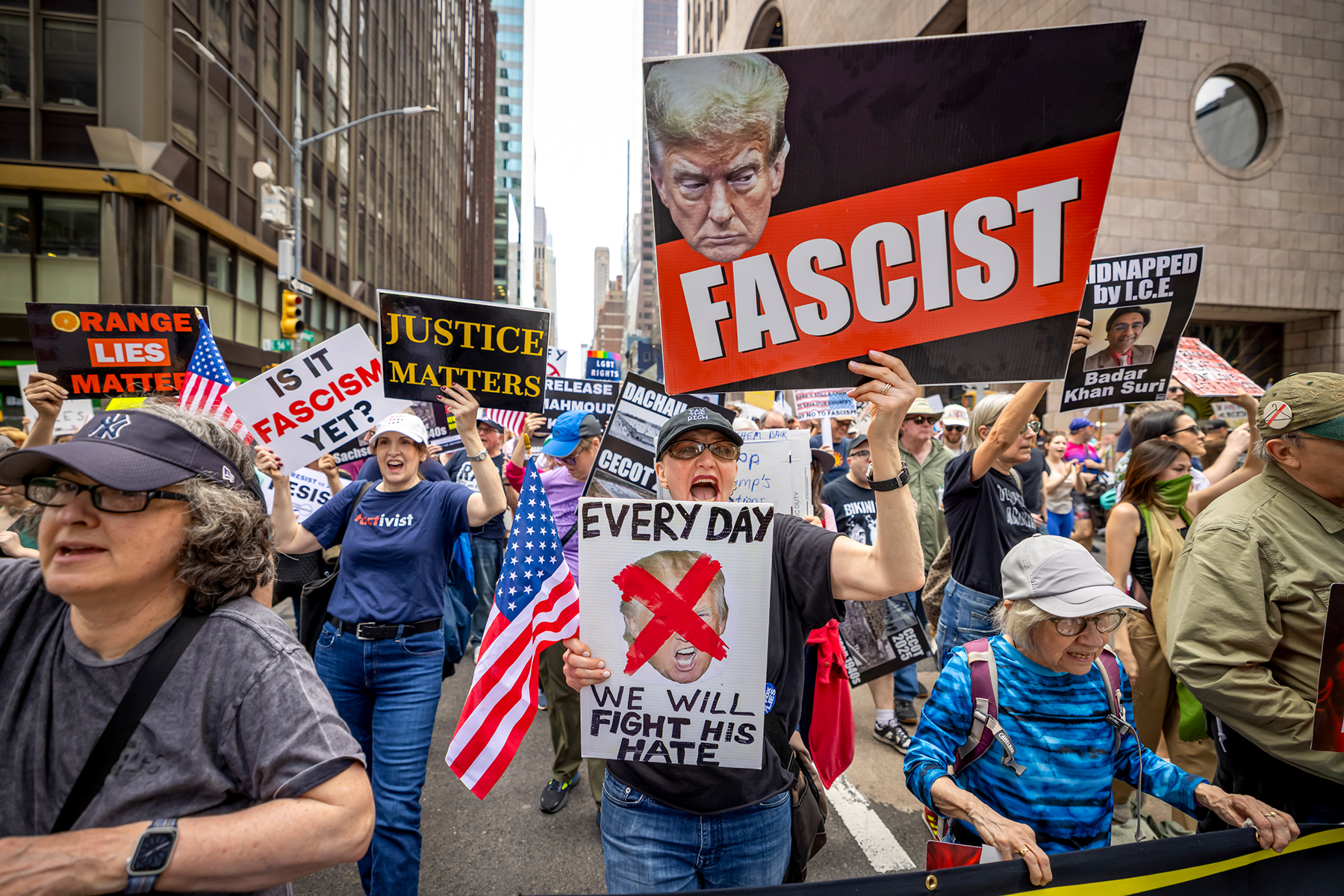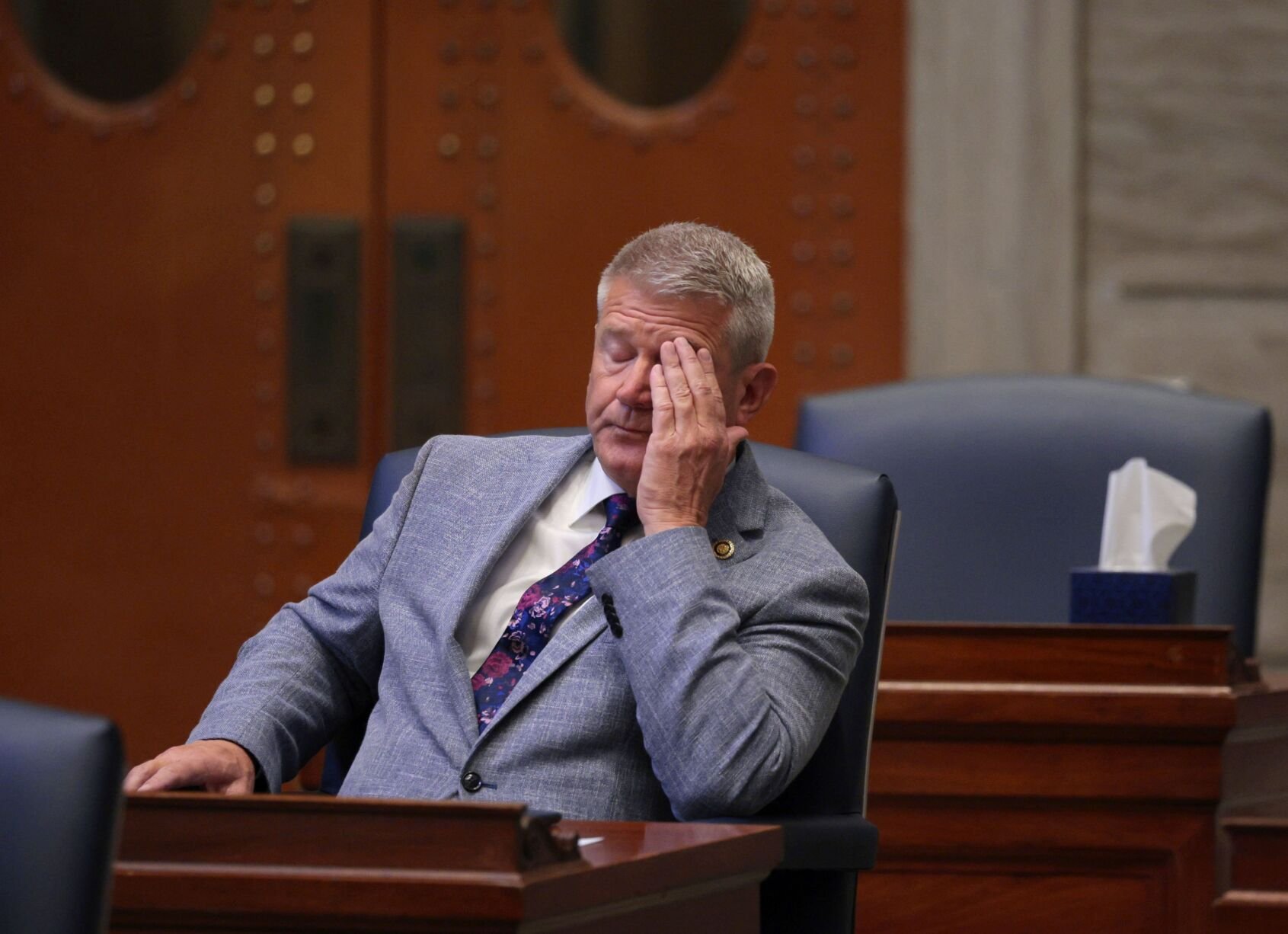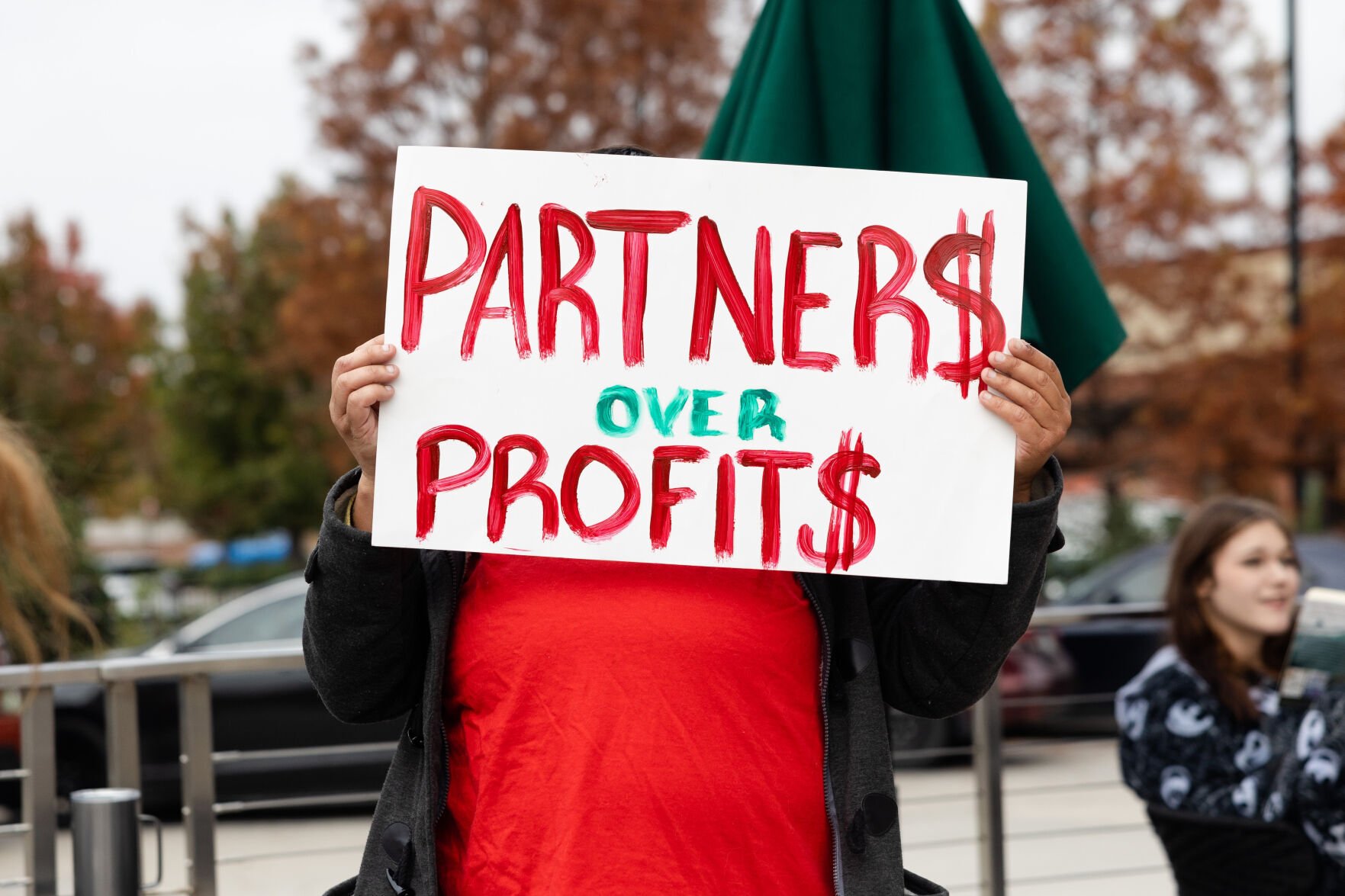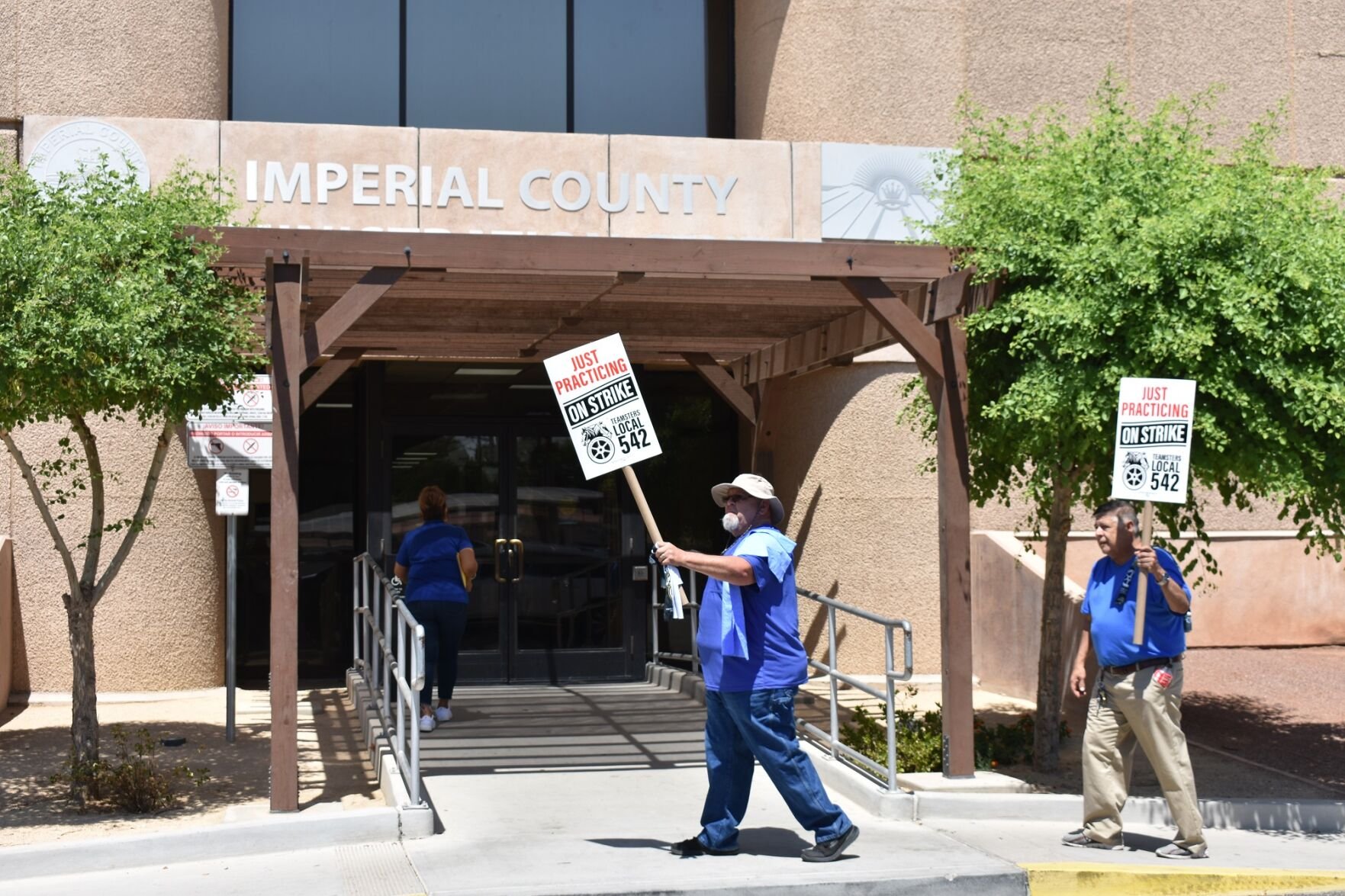Over the Easter weekend, Americans rallied in grassroots protests, expressing deep dissatisfaction with President Trump’s administration and its policies. From economic decline to civil rights concerns, citizens united in leaderless demonstrations to voice their grievances.
‘50501’ Demonstrators Protest Trump Over Easter Weekend

Key Takeaways:
- Widespread Public Dissent: Nationwide protests indicate significant public dissatisfaction with the Trump administration.
- Economic Discontent: Protesters are challenging the administration’s handling of the economy.
- Erosion of Public Services: Cuts to critical public services have become a central grievance.
- Civil Rights Concerns: Deportations without due process are sparking outrage over legal rights.
- Grassroots Movement: The leaderless nature of the protests reflects an organic, widespread call for change.
Americans Rally Over Easter Weekend
Over the Easter weekend, a surge of grassroots protests swept across the nation as Americans voiced deep dissatisfaction with President Donald Trump’s administration. The demonstrations, notable for their leaderless and organic nature, signaled a significant increase in public dissent.
Economic Discontent Fuels Unrest
At the heart of the protests lies a growing concern over the administration’s handling of the economy. Many Americans feel that the government is “tanking the economy,” leading to financial uncertainty and hardship for countless citizens. This economic discontent has galvanized people from diverse backgrounds to unite in calling for change.
Cuts to Critical Public Services
Protesters also highlighted the “gutting of critical public services” as a major grievance. The reduction of essential services such as healthcare, education, and social support programs has raised alarms about the well-being of communities nationwide. Demonstrators fear that these cuts could have long-lasting negative impacts on society’s most vulnerable members.
Civil Rights Under Threat
The issue of deportations “without due process” has sparked outrage among civil rights advocates and communities across the country. Many view these actions as a violation of constitutional rights and a dangerous precedent for the erosion of legal protections. The protests served as a platform to demand fairness and adherence to the rule of law.
Concerns Over Consolidation of Power
A significant theme among the protesters is the fear that the administration is “dismantling the federal government in order to consolidate power around the president.” This apprehension reflects worries about the health of the nation’s democratic institutions and the checks and balances that preserve them. Demonstrators called for greater transparency and accountability from their leaders.
The Rise of a Grassroots Movement
The leaderless nature of these demonstrations is a testament to their grassroots origins. Without central coordination, individuals and communities organically organized to express their shared concerns. This movement underscores a collective desire among Americans to have their voices heard and to influence the direction of their government.
A Nation’s Call for Change
The events of the Easter weekend highlight a pivotal moment of civic engagement. As the protests continue to unfold, they represent a broader call for reassessment of policies and practices that many believe are contrary to the nation’s values and best interests. The administration faces increasing pressure to address these concerns and engage in dialogue with its constituents.
Each heading is presented on a separate line, followed by its corresponding paragraph. This article maintains the integrity of the original information while presenting it in a format and style appropriate for TIME Magazine’s audience.











